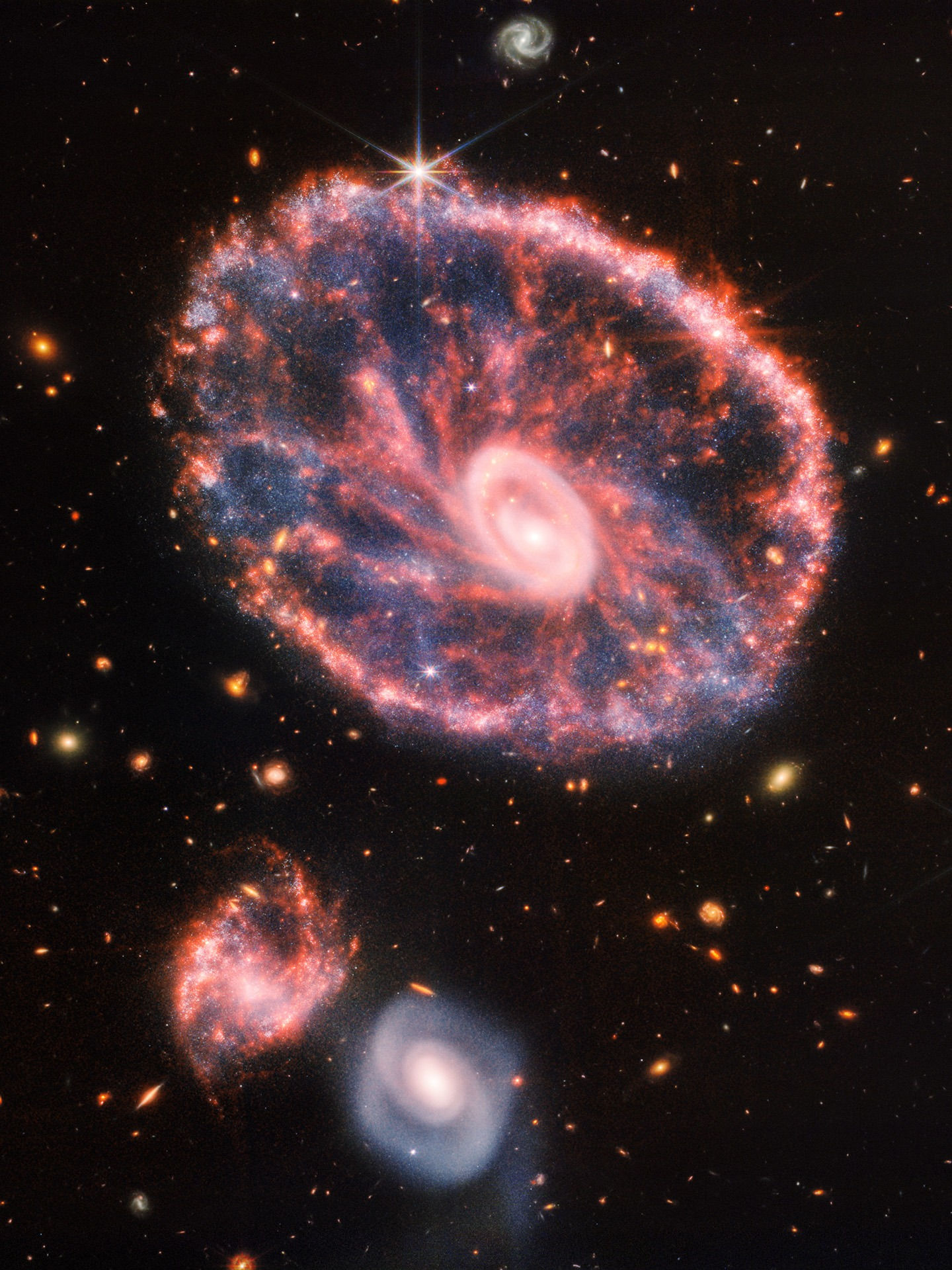New Study Discovers an Exoplanet 31 Million Light Years away from Earth!
- Prof.Smith

- Oct 27, 2021
- 2 min read
Updated: Feb 27, 2023
The exoplanet is located in the Whirlpool Galaxy, also known as M51a or NGC 5194. M51a has a close companion M51b or NGC 5195 which is a dwarf galaxy, discovered by Pierre Méchain on March 20, 1781. M51a is a large spiral galaxy with a Seyfert 2 active galactic nucleus. It lies in the constellation Canes Venatici, and was the first galaxy to be classified as a spiral galaxy. The two galaxies are connected by a tidal bridge of interstellar material as the Whirlpool galaxy is "eating" M51b. The dwarf galaxy also appears to lie behind the Whirlpool Galaxy. Astronomers believe that the encounter has significantly enhanced the spiral structure of M51. The galaxies will merge in the future. The same will be the fate of our own Galaxy as it interacts gravitationally with the Andromeda galaxy and the two will merge together, in about 10 billion years from now. The image below is from Hubble Space Telescope and depicts M51a and M51b.

Astronomers may have just discovered the first planet outside of our galaxy. The Saturn-sized exoplanet was detected by astronomers using Nasa's Chandra X-Ray Telescope orbiting a pair of stars (a neutron star or a black hole) and a massive star. As materials from the massive star are attracted gravitationally from the black hole they create an accretion disk around the black hole which emits X-rays.

Over 4,800 planets have previously been discovered orbiting other stars instead of the sun, but they're all located inside the Milky Way galaxy. "We know we are making an exciting and bold claim so we expect that other astronomers will look at it very carefully," said study co-author Julia Berndtsson of Princeton University, New Jersey.
For this study, astronomers used NASA's Chandra X-ray Observatory and the European Space Agency's XMM-Newton space telescope to look at three galaxies beyond the Milky Way. In total, they looked at 55 different systems in M-51, the Whirlpool galaxy, 64 systems in Messier 101 (M-101), or the "Pinwheel galaxy," and 119 systems in Messier 104, or the "Sombrero galaxy." "A way to search for exoplanets is to look for "wobbly" stars. A star that has planets doesn’t orbit perfectly around its center. From far away, this off-center orbit makes the star look like it’s wobbling,” Nasa mentions. The brightness of a star decreases as the exoplanet (in orbit around the star) hides the emitted light from the star. Studying changes in the star’s brightness can give us information also about the size of the orbiting exoplanet, and its distance from the star. In this case the X-ray transit for this particular exoplanet lasted about three hours, during which the X-ray emission decreased to zero. It has been suggested that the dimming of light observed could have been caused by an other object such as a cloud of gas or dust passing in front of the X-rays, although the study’s authors insist that this explanation is not consistent with their data. However, the theory will be verified or rejected in the future as the exoplanet will create an other transit in about 70 years from now.












































































































Comments